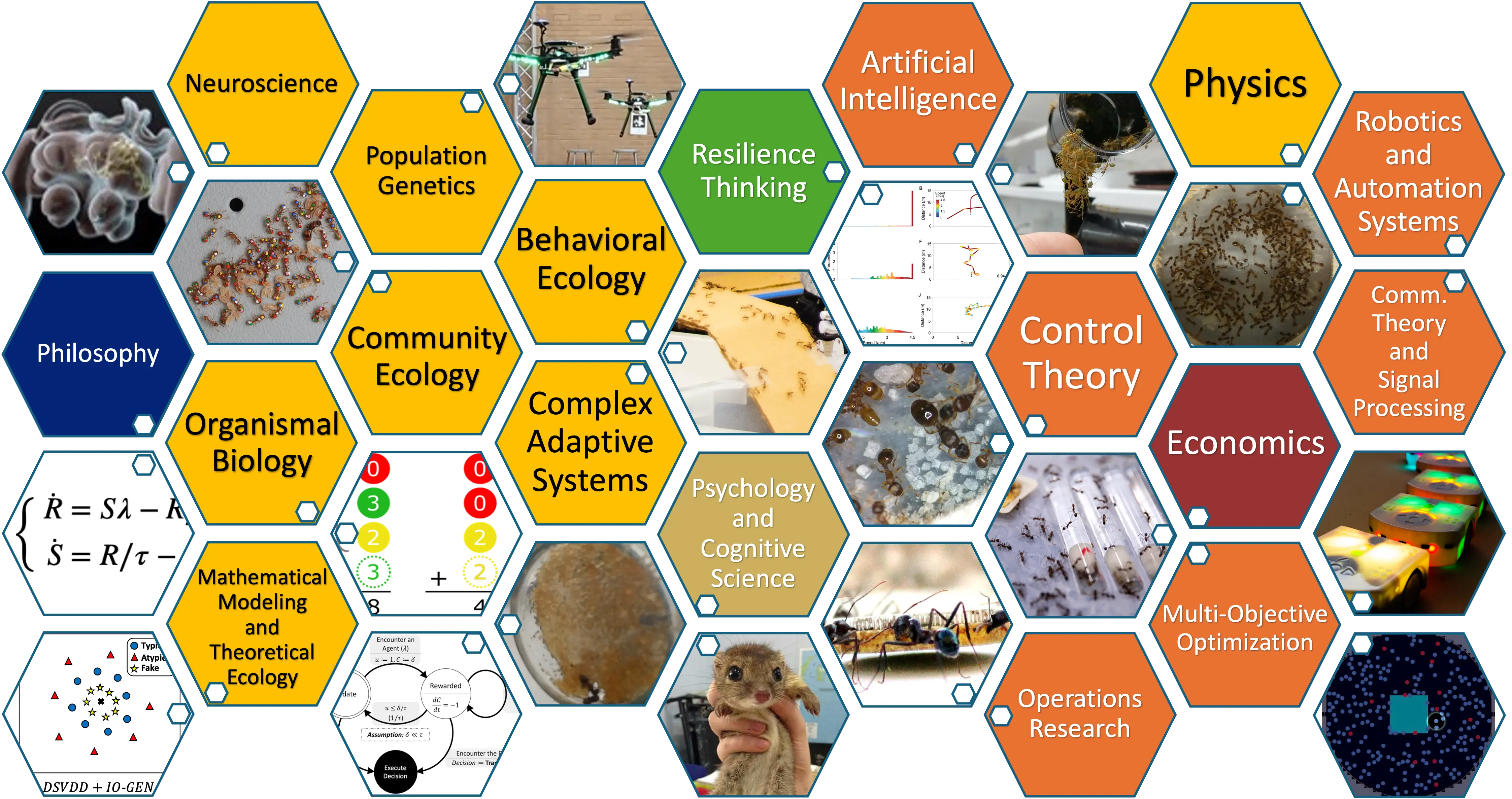
Interdisciplinary Vision
In our lab, we recognize that there are much deeper connections between ecological and engineering thinking than traditional disciplinary silos formally represent, and we believe that both areas will benefit from bringing engineering and ecology closer together. Both of these broad areas take a systems-thinking approach that embraces dynamics, complexity, and interconnectedness. Engineers have a strong understanding for the practicalities of how to build functional, interconnected systems and have significant quantitative tools to facilitate realistic design problems, but they often take the approach that the environment is something to be buffered against. Ecologists, however, are trained to use tools that characterize the extent to which organismal function emerges from (or is limited by) regularities within its environment and embrace the diversity of natural variation in solutions to similar problems within different contexts, but they may not have the right quantitative tools to capture a variety of important design constraints concurrently. These two fields – one focused on design and the other on inference – can complement each other if brought under a single umbrella. The BEET lab seeks to realize this complementarity both explicitly, by publishing on the interface, and implicitly, by using perspectives from one area to make novel contributions in the other.

Under Construction
Please come back soon for the completed version of this page.
